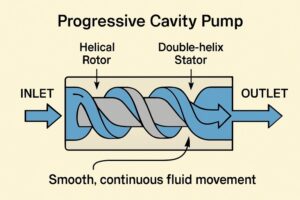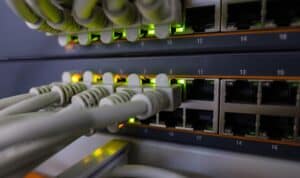Introduction
The world’s oceans have always presented significant barriers to industrial, research, and energy operations. Today, with rapid advances in robotics, unmanned and remotely operated vehicles (ROVs) are reshaping how offshore projects are managed and executed. These technological breakthroughs are improving both safety and productivity for businesses operating in some of the planet’s most challenging environments. Click here to learn more about cutting-edge robotic solutions and how industries are leveraging them for competitive advantage.
ROVs, Unmanned Surface Vehicles (USVs), and other marine robots are redefining the boundaries of possibility in subsea infrastructure management, deep-sea exploration, and environmental monitoring. Whether in high-stakes energy fields, renewable sectors, or scientific initiatives, their impact is both wide-ranging and profound.
Enhancing Safety and Efficiency
Deploying ROVs dramatically reduces human risk by keeping workers out of hazardous underwater environments. Modern ROVs can replace or supplement divers for vital yet dangerous tasks, such as emergency repairs and routine maintenance, without the downtime imposed by weather or the physical limitations faced by human crews. This shift is not merely about safety; it also introduces substantial efficiency gains. ROVs are tireless, and their ability to collect, transmit, and analyze data in real time accelerates decision-making for offshore managers.
The Rise of Unmanned and Remotely Operated Vehicles
Once considered niche innovations for specialized underwater tasks, ROVs and USVs are now mission-critical components of offshore activity. They provide operators with eyes and hands in waters that are too deep, remote, or hazardous for humans. Military leaders and commercial operators alike, such as the U.S. Navy’s uncrewed vehicle initiatives, are investing in these machines for applications like mine detection, subsea pipeline inspections, and emergency response. BBC News reports on the rise of large remote-controlled vessels in offshore operations.

Technological Innovations Driving Change
Breakthroughs in robotics, sensing equipment, and artificial intelligence have led to ROVs that are smarter and more capable than ever. With sophisticated imaging sonar, high-definition cameras, and AI-driven software, today’s vehicles can autonomously map the seafloor, recognize objects, and even detect potential equipment failures. These innovations are making it possible to surveil vast underwater stretches and respond quickly to problems, revolutionizing asset management beneath the waves.
Applications Across Industries
- Oil and Gas: From performing intricate welds at depth to monitoring for leaks or corrosion, the oil and gas sector counts on ROVs to extend the lifespan of critical infrastructure and mitigate environmental risks.
- Renewable Energy: Offshore wind farms and tidal energy projects depend on ROVs for the installation and ongoing maintenance of turbines and undersea cables. Their precision and ability to work in tough conditions have helped renewable energy expand rapidly into marine settings.
- Environmental Monitoring: Regulators and researchers deploy ROVs to monitor marine ecosystems, assess biodiversity, and evaluate the ecological impact of human operations. The real-time data collected informs conservation efforts and regulatory compliance.










